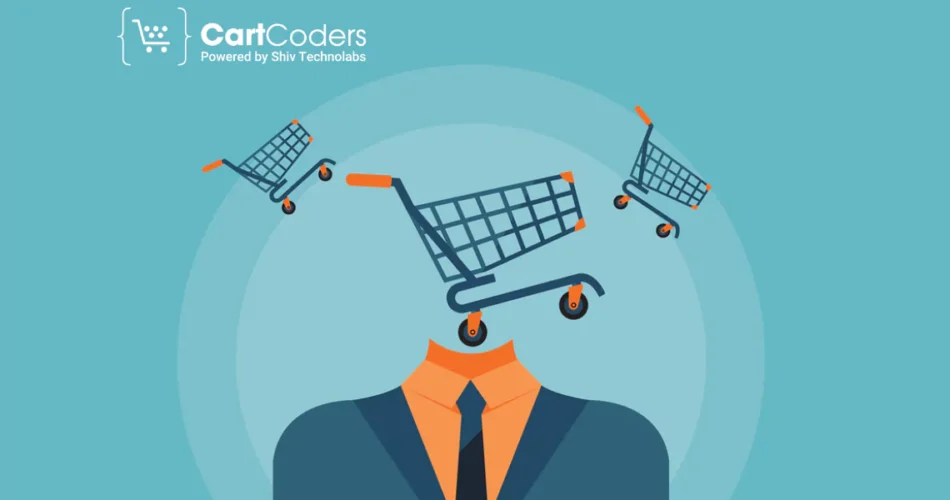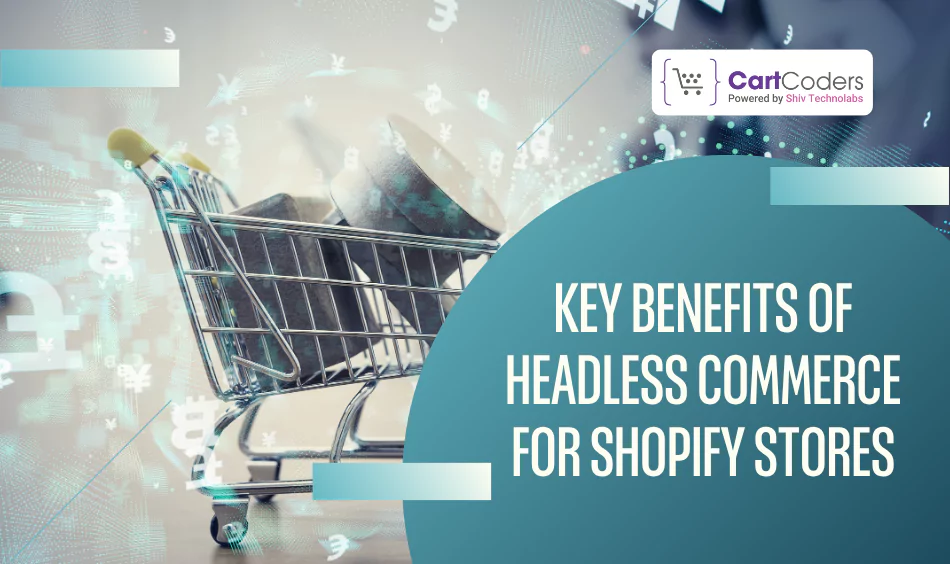Custom Engagement Solutions
Unlock tailored solutions with a free, no-obligation strategy session.
Expert Developers & Engineers on Demand
Scale Your Team with Skilled IT Professionals
Expert Guidance for Digital Transformation

Headless commerce is gaining strong traction among Shopify store owners who want more control over how their online stores look and perform. Instead of relying solely on Shopify’s built-in themes, this approach separates the store’s front-end from its back-end.
This means your storefront can be designed with modern frameworks while Shopify still manages all the eCommerce operations in the background.
For Shopify businesses, the benefits of headless commerce include faster websites, flexible design choices, and smoother integration with third-party tools.
To understand how it works in real projects, you can refer to our detailed guide on Shopify headless commerce development. It’s a way to create unique customer experiences without being limited by a traditional theme setup.
It’s a way to create unique customer experiences without being limited by a traditional theme setup.

Headless commerce delivers content through APIs, allowing the front-end to load independently from the back-end. This setup reduces the delays caused by traditional theme rendering.
By connecting your Shopify backend to a modern front-end framework like React or Vue, pages can load faster and feel more responsive.
Using a Content Delivery Network (CDN) further improves performance, especially for stores with global audiences. When the store speed is optimized, load times not only improve user experience but also help in search rankings.
With headless commerce, your Shopify store’s front-end is not tied to the limitations of pre-built themes. You can design with modern frameworks such as React, Vue, or Angular, giving complete creative control over layouts, animations, and user interactions.
The benefits of headless commerce here include the freedom to create designs that match your brand perfectly and deliver unique experiences.
It also means you can tailor the store for different devices, ensuring customers get the most engaging version, whether they’re on desktop, tablet, or mobile.
Headless commerce makes it easier to build mobile-first shopping experiences that are fast and responsive.
By using Progressive Web Apps (PWAs) or other mobile-optimized frameworks, your store can load quickly, work offline, and feel as smooth as a native app. This approach improves navigation, reduces checkout friction, and encourages repeat purchases.
For Shopify store owners, it means offering mobile shoppers a high-quality experience without sacrificing performance or design.
Headless commerce works on an API-first structure, making it straightforward to connect Shopify with other platforms like CRM systems, ERP solutions, CMS platforms, and marketing automation tools.
This flexibility allows you to create a unified tech stack without being restricted by theme or plugin compatibility.
With Shopify’s Storefront API, you can manage data exchange across multiple channels, ensuring product details, inventory, and customer information stay in sync wherever your brand sells.
A headless setup allows the front-end and back-end to scale independently.
If your store experiences seasonal traffic surges or rapid growth, you can upgrade resources for the part of the system that needs it most.
This prevents performance issues and downtime during busy periods. For Shopify stores aiming to expand globally or handle large product catalogs, this flexibility means smoother operations without overhauling the entire setup.
With headless commerce, you can add or update features on the front-end without making changes to the Shopify backend. This separation shortens development cycles and reduces the risk of breaking core store functions.
For example, you could roll out an AI-powered product recommendation tool or introduce AR-based try-on features without disrupting checkout or inventory management.
This agility helps your store stay competitive by responding quickly to customer needs and industry trends.
Headless commerce lets you use one Shopify backend to power multiple sales channels at the same time.
Your products, inventory, and orders can be managed in one place while being displayed across different storefronts, such as your main website, mobile app, in-store kiosks, and even third-party marketplaces.
This approach also makes it easier to offer region-specific content, pricing, and languages, helping you serve diverse audiences without managing separate systems for each channel.
By separating the customer-facing front-end from the transactional Shopify backend, headless commerce reduces direct exposure to sensitive data.
This layered setup makes it harder for attackers to reach critical systems, as the front-end communicates with the backend only through secure APIs.
Additionally, you can apply custom security measures—such as advanced authentication or traffic filtering—without interfering with your store’s core operations. This structure helps protect transactions and customer information more effectively.
Headless commerce is well-suited for adopting new technologies as they emerge. Because your Shopify backend delivers data through APIs, it can connect to future sales channels such as voice assistants, smartwatches, or other IoT devices without major rework.
This adaptability means your store can expand into new touchpoints as shopping habits evolve, keeping your business ahead of changing customer expectations.
Headless commerce development isn’t necessary for every Shopify store, but it can be a game-changer for businesses with complex needs.
If your store demands advanced design control, frequent feature updates, high performance under heavy traffic, or integration with multiple external systems, a headless approach could be the right fit.
Before making the move, consider:
Answering these questions can help determine whether headless commerce aligns with your growth plans.

At CartCoders, we help Shopify store owners make the transition to headless commerce with minimal disruption and maximum impact. Our team builds custom front-ends using modern frameworks, integrates powerful third-party tools, and sets up scalable architectures tailored to your business needs.
Whether you want a faster store, more design control, or advanced multi-channel selling capabilities, we deliver solutions that align with your goals.
Ready to discuss your project? Contact us today to see how headless commerce can transform your Shopify store.
Headless commerce gives Shopify store owners the ability to:
By separating your store’s front-end and back-end, you gain flexibility, better performance, and a future-ready setup.
If you’re aiming to stand out in a competitive eCommerce space, headless commerce offers the structure to support your vision.
Headless ecommerce allows store owners to separate design from backend systems, offering faster performance, flexible layouts, and easier integration with multiple sales channels.
Headless commerce is an approach where the online store’s front-end and back-end are independent, connected through APIs, allowing more control over design and functionality.
Headless architecture enables custom storefronts, faster load times, and integration with various tools while keeping the core eCommerce system stable and reliable.
Shopify can function as a headless platform by connecting its backend to a custom-built front-end using Shopify’s Storefront API and modern development frameworks.
Projects delivered in 15+ industries.
95% retention rate, building lasting partnerships.
Serving clients across 25+ countries.
60+ pros | 10+ years of experience.